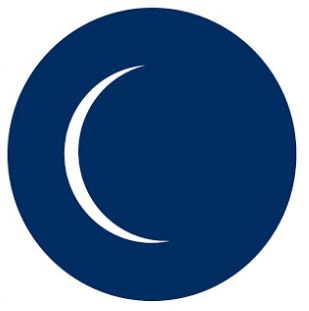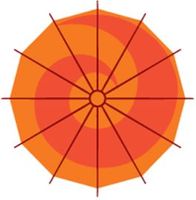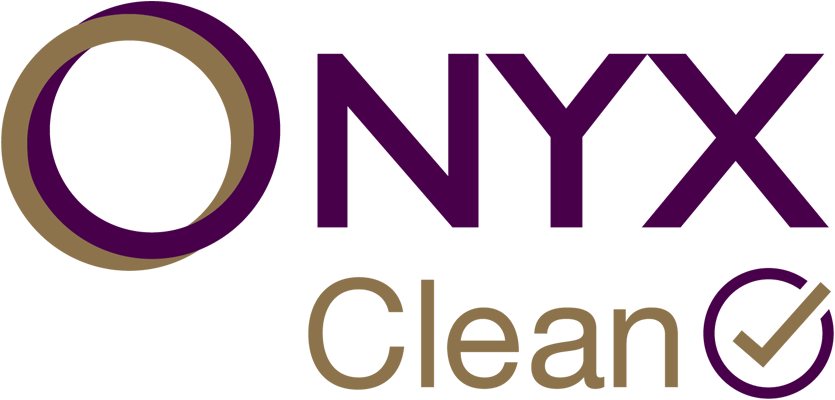Title Page
-
Conducted on
-
Prepared by
-
Location
Service Standard
-
Ensure all team members are dressed according to the uniform and grooming standards.
-
The Server will reset the table within 3 minutes from the moment guests leave.
-
The Collaborator must use the appropriate welcome phrasing: “Good morning/afternoon/evening! Welcome to (...) How many will be in your party? and farewell: “Thank you very much for joining us. We do hope you enjoyed your dining experience; have a great morning/afternoon/evening, and please come back again”.
Operating Sequence
Hostess
-
The Hostess will approach the guests and greet them at the entrance by the podium. It is important that she does not call the guests from across the dining room, rather, she should be within 2 feet of them when speaking to them.
-
“Good morning! Welcome to (…) How many will be in your party?”
-
Hostess will tell the guests “Would you like to seat inside or outside? Please follow me to your table”.
-
On the way to the table, the Hostess will converse with the guests and mention a few items featured on the buffet.
-
The Hostess (and Server if available) will pull out the chairs for the guests (ladies first).
-
Hostess will remove any extra roll ups and organize them neatly on the side station.
-
Hostess will indicate the Server´s name, tell them that the Server will be with them shortly and invite the guests to help themselves on the buffet.
Server
-
When the guests return to the table, the Server will approach with a full, polished water pitcher and tell the guests: “Good morning! Welcome to (…) My name is (…) and I will be your Server this morning. May I offer you some water?”
-
The Server will pour the water and ask the guests, “May I offer you some coffee or tea?”
-
The Server will pour the first cup of coffee and leave the coffee pot on the table (it is important that the Server does not reach in front of guests when pouring or placing beverages. Reaching in front of guests should only be done when there is no other alternative).
-
If the guest requests tea, the Server will take a teapot filled with hot water and the tea box to offer an assortment of tea packets to guests.
-
The Server will also offer to bring some honey and lime on a side plate.
-
Tea service will be completed within 3 minutes.
-
While the guests are at the buffet, the Server will bring any other beverages requested, such as the Champagne Mimosa, decaf coffee, cappuccino, soft, juice, etc.
-
Beverages should always be placed on a tray (even if there is only one) and will be placed to the right of the guest using the right hand.
-
Glassware will be handled by the stem, never by the bowl.
-
The Server will remove quietly any extra place settings and organize them neatly on the side station.
-
Once guests are back to their table, the Server will ask them, “Is there anything else I can do for you?”
-
In response to every grateful acknowledgement from the guest, the Server will use “My pleasure” or “You are most welcome”.
-
Servers will circulate through their sections, clearing plates as necessary, from the right side of the guest using their right hand.
-
Servers will also perform table maintenance (do the courtesy of folding the napkin when guest is by the buffet, replacing the napkin if very dirty or if it fell on the floor, remove sugar packet, bring clean silverware).
-
Refill glasses/cups when there is only about a 1/3rd remaining.
-
The Server will thank the guests on the way out, using the guests’ names.
-
Hostess will also wish guests a pleasant morning, thank them and invite them back.
Kitchen
-
The quality of the food is good
-
The presentation of the food is good
-
The food tastes is good
-
Hot food is served hot
-
Cold food is served cold
-
The food is correctly identified













